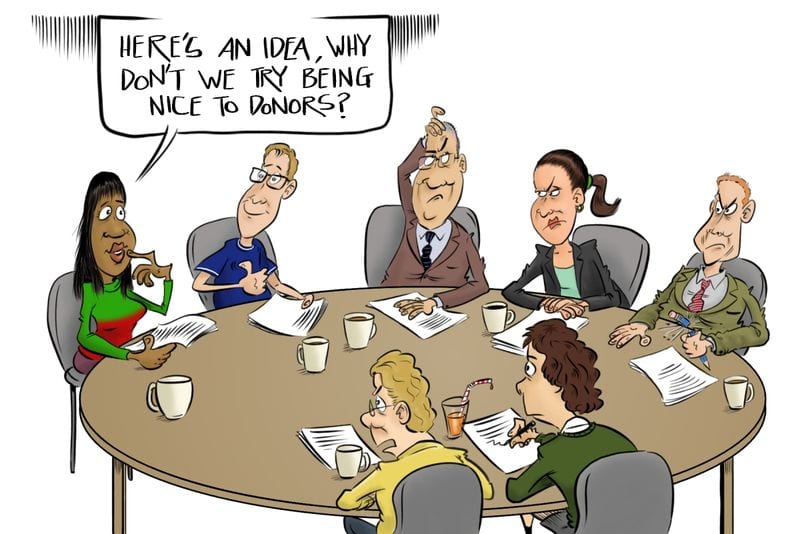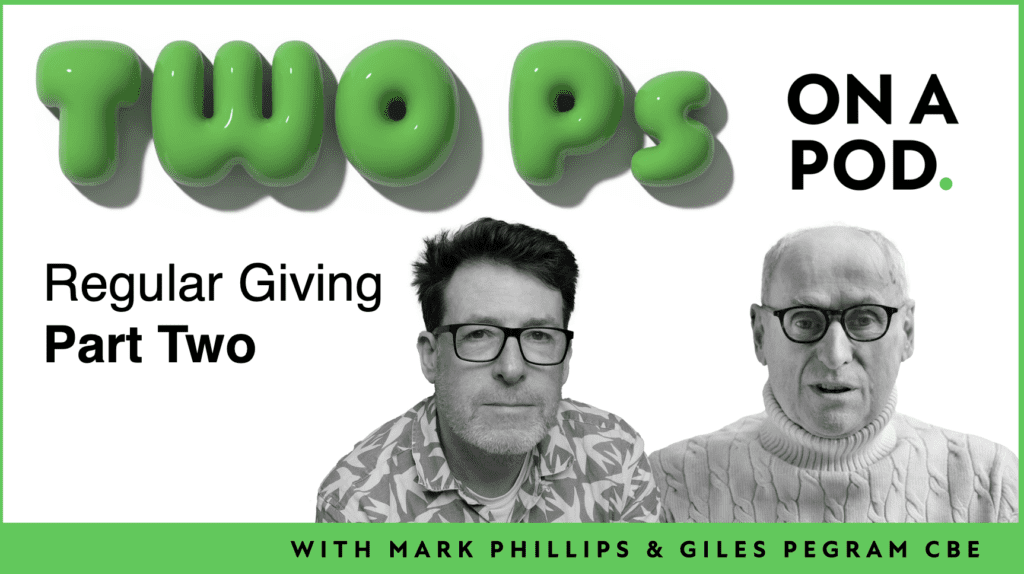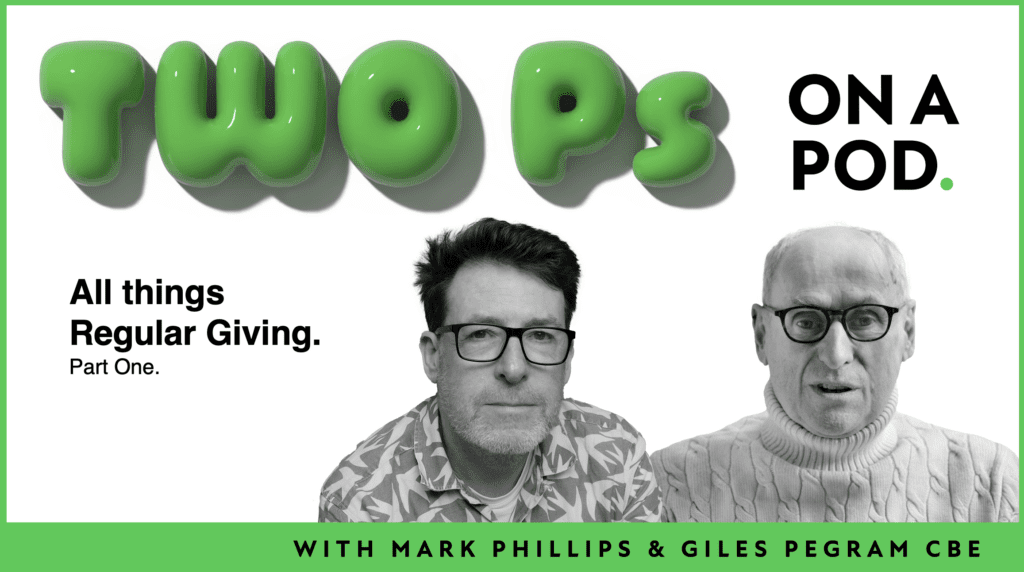How do we change the public perception of fundraising?
With the ongoing media storm, improving the public perception of fundraising is near the top of every fundraiser's list of concerns. But luckily, not only do we have the Commission on the Donor Experience working on the problem, senior staff from the UK’s top charities recently got together to look at what they can do and, of course, there is the magnificent #DonorLove movement in Canada.
You can probably guess my opinion – more power to them.
As anyone who has seen my presentations or read my blog posts will know, I’ve become increasingly concerned that much of the sector’s work over the last twenty-five years hasn’t necessarily achieved much in terms of developing the nation’s philanthropic spirit.
To help illustrate this point, can I point you in the direction of The Logic of Charity: Great Expectations in Hard Times by Beth Breeze and John Mohan. Published last month, this excellent book takes a look at the historical impact of fundraising – principally since the early 1990s. Beth and John found the following…
- The number of people giving to charity and the amount they donate has remained stubbornly stable.
- There are regular upward swings in giving (driven by international disasters) though these increases are not maintained.
- There remains a widespread belief that ‘charity begins at home’ but no sense that charities should replace the role of government as suggested by the proponents of the “Big Society” idea.
- Less than a quarter of people think it is everyone’s responsibility to support charities.
- More than half of people think we should not rely on charities and look after ourselves instead (up from just 28% in 1991).
- Almost 40% of people think charities are wasteful and over 80% think there are too many voluntary organisations.
It’s not a great picture. So what have we done wrong? Why aren’t we seeing growth in giving and why hasn't there been a positive change in public attitudes?
The answer is perhaps summed up by an anecdote featured by Beth and John. The Labour MP, Frank Field gave a speech to the Charity Commission in 2015 where he shared a story about Margaret Thatcher. The former Prime Minister was asked what was her greatest disappointment in government. She responded by saying…
“I cut taxes because I thought we would get a giving society. And we haven’t.”
In all Bluefrog’s private and public research there is one key sentiment that comes through. People don’t give more just because they can afford it. They give more when they feel rewarded by their philanthropy. And sadly, very few people feel rewarded by being on the sharp end of some modern fundraising techniques.
We’ve seen far too many innovations that are based purely on the way we ask people to give. Whether it’s face to face, digital, mobile or even direct mail, if all we are doing is changing the way we ask for support it’s not going to make a blind bit of difference to how much we raise – nor will it increase the number of people who give to charity. All those presentations about the future of fundraising have amounted to little more than the splutterings of a faulty hair dryer.
So what can we do?
For a start, we can recognise one simple fact. The people who we have to influence are donors.
And talk of commissioning advertising campaigns to show people what their donations achieve misses the point by a mile. Donors won't judge us by what we say. They will judge us by what we do.
And what we need to do is to ensure that we recognise and respond to their needs as donors. Of course they want to solve problems. But they also need to feel part of the solution that we offer. And they must be thanked and rewarded for what they do, in a way that actually enhances their lives.
And the reality of the situation is, this needn't cost the sector anything.
In my experience, when we treat supporters in a way that provides a more enjoyable experience of being a donor, we raise more money. Attrition is also reduced, repeat giving increases and the number of legacies are boosted.
In fact, the first piece of advice I give to anyone who asks me how they can raise more money from their appeals, is to concentrate on improving how they thank and engage their donors.
But of course there is an if – and it’s a big one. It only works if those donors actually care about your work in the first place. That remains one of my concerns with industrial scale face-to-face and mobile giving programmes. They generate a great deal of chaff that hide the few grains of wheat.
In all the fundraising programmes I’ve seen that have taken a long-term approach to donor development rather than focus on cheap recruitment and quick wins, I've also seen positive growth rates that last. And at the end of the day, that’s what matters.
When you break it down, it is all achieved through the use of a hugely technical and scientific strategy that I like to call, being nice.
And that’s how we can change the public perception of fundraising. Simply by being nice to donors.
If the public start to enjoy giving, the headlines from 2015 won’t be repeated. It might take some time, but through focusing on Feel Good Fundraising, we will create a future that both the next generation of fundraisers and donors will thank us for.
So at your next fundraising brainstorm, why not make this simple suggestion….
When people have tried everything else, they might just decide to focus on what we know actually works.
Best of luck.
Tags In
The Essentials

Crack the Code to Regular Giving: Insights, Strategies, and a Special Giveaway!

‘Tis Halloween. Keep to the light and beware the Four Fundraisers of the Apocalypse!

Why do people give? The Donor Participation Project with Louis Diez.

A guide to fundraising on the back of a postcard

What does the latest research tell us about the state of fundraising?






